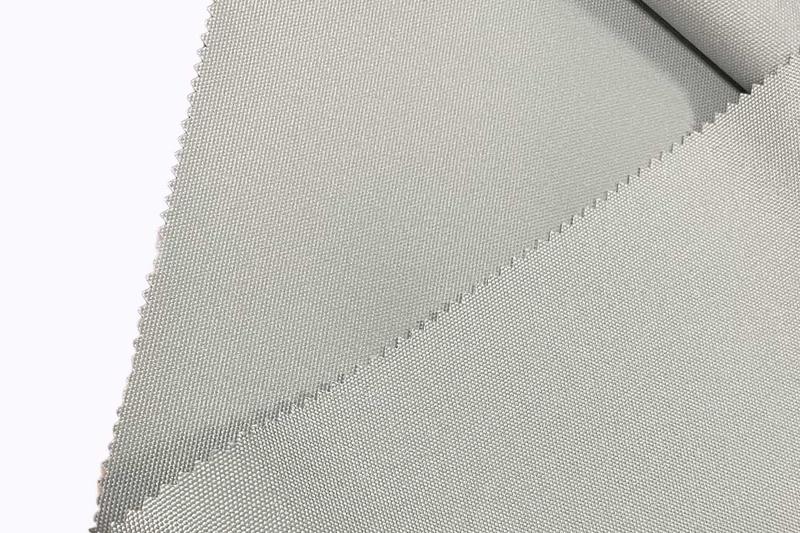In recent years, sustainability has become a key focus across industries, especially in the fashion and textile sectors. As the environmental impact of traditional manufacturing practices continues to raise concerns, the shift towards eco-friendly materials has gained momentum. Among these materials, recycled polyester fabric has emerged as a popular choice, offering a sustainable alternative to virgin polyester and helping to reduce waste and carbon footprints.
The most common method for recycling polyester is mechanical recycling, where plastic waste is shredded, cleaned, and melted down to produce new fibers. Another method, chemical recycling, involves breaking down polyester into its original components, which can then be reassembled into new polyester fibers. Both methods help reduce the demand for virgin polyester, which is derived from petrochemicals, a non-renewable resource.
Recycled polyester fabric helps divert plastic waste from landfills and oceans. Every year, millions of plastic bottles are thrown away, contributing to global pollution. By recycling these bottles into fabric, recycled polyester plays a vital role in reducing plastic waste and promoting a circular economy. This process helps keep valuable materials in use rather than allowing them to sit in landfills for hundreds of years.
The production of recycled polyester fabric has a significantly lower carbon footprint compared to virgin polyester. It requires less energy to produce, as the raw materials are already available in the form of recycled plastic waste. Using recycled materials instead of virgin polyester also helps reduce the need for fossil fuels, making recycled polyester a more sustainable option in the fight against climate change.
Producing virgin polyester requires the extraction of petroleum, a finite resource, and involves energy-intensive manufacturing processes. In contrast, recycled polyester fabric uses materials that are already in circulation, conserving natural resources and reducing the environmental impact associated with polyester production.
The process of recycling polyester typically uses less water than producing virgin polyester. Traditional polyester production requires large amounts of water for cooling, dyeing, and finishing processes. By using recycled polyester, manufacturers can significantly reduce water consumption in the textile industry, which is crucial in conserving this precious resource.

Recycled polyester fabric is used in a wide range of applications, from fashion to industrial products. Its versatility and durability make it suitable for many different types of textiles.
Recycled polyester fabric is widely used in the fashion industry for making clothing, including jackets, t-shirts, pants, and activewear. Many popular brands, including Patagonia, Adidas, and H&M, have incorporated recycled polyester into their collections as part of their commitment to sustainability. Recycled polyester fabric maintains the same qualities as virgin polyester, such as breathability, moisture-wicking properties, and lightweight durability, making it ideal for performance wear, outdoor gear, and casual fashion.
In addition to apparel, recycled polyester is also used to produce home textiles, such as bedding, curtains, upholstery, and rugs. Its ability to hold color and resist wrinkles makes it a popular choice for interior design products. Home textile manufacturers have increasingly turned to recycled polyester as a sustainable alternative to traditional fabrics.
Recycled polyester fabric is also used in various industrial applications, including automotive upholstery, insulation, and packaging. Its strength and durability make it a suitable material for manufacturing products that require high performance and resilience.
Recycled polyester is also utilized in the production of footwear, bags, and accessories. Brands that focus on sustainability are integrating recycled materials into their designs, offering eco-friendly options to environmentally conscious consumers.
While recycled polyester fabric offers numerous environmental benefits, there are some challenges that need to be addressed to maximize its impact. One issue is the quality of the recycled polyester fibers. Depending on the source of the recycled material, the fibers may be of lower quality than virgin polyester, which can affect the durability and appearance of the final product. However, advancements in recycling technologies and innovations in the textile industry are gradually improving the quality of recycled polyester fibers.
Another challenge is the limited availability of recycled polyester. Although the market for recycled polyester has grown significantly in recent years, there is still a need for greater infrastructure and systems to collect, process, and recycle polyester waste on a global scale. Expanding recycling initiatives and encouraging consumer participation in recycling programs are essential to ensuring a steady supply of recycled polyester.
The demand for sustainable materials in the fashion industry is only expected to grow in the coming years. As consumers become more environmentally conscious and demand eco-friendly products, the use of recycled polyester fabric is likely to increase. Many brands are setting ambitious sustainability goals, including increasing the percentage of recycled content in their products. This trend is expected to drive innovation in the recycling process, improve the quality of recycled polyester fibers, and expand the availability of sustainable fabrics.
Moreover, the adoption of a circular economy model, where products are designed for reuse, repair, and recycling, will further accelerate the use of recycled polyester in the textile industry. By creating products that can be easily recycled and reintroduced into the production cycle, the fashion industry can reduce its reliance on virgin polyester and minimize its environmental footprint.



 English
English 简体中文
简体中文 русский
русский Español
Español










